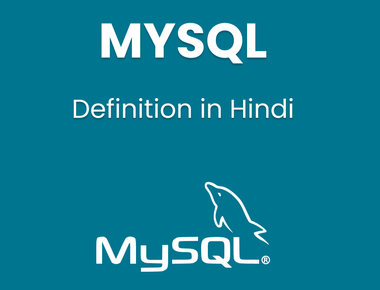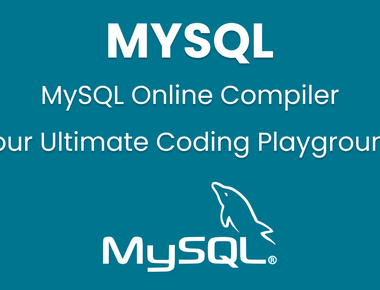
Understanding MySQL Data Types
Choosing the right data type in MySQL is crucial for efficient database performance and accurate data storage. A data type defines the kind of data a column can hold and the operations that can be performed on it. In this blog post, we’ll explore the most common MySQL data types.
Categorizing MySQL Data Types
MySQL data types can be broadly categorized into:
1. Numeric Data Types
These data types are used to store numerical values.
- INT: Stores integer values within a specific range.
- Example:
customer_id INT
- Example:
- DECIMAL: Stores exact numeric values with fixed precision and scale.
- Example:
product_price DECIMAL(10,2)
- Example:
- FLOAT, DOUBLE: Stores approximate numeric values with varying precision.
- Example:
average_rating FLOAT
- Example:
- BIT: Stores bit values (0 or 1).
- Example:
is_active BIT
- Example:
2. String Data Types
These data types are used to store textual data.
- CHAR: Stores fixed-length character strings.
- Example:
gender CHAR(1)
- Example:
- VARCHAR: Stores variable-length character strings.
- Example:
customer_name VARCHAR(100)
- Example:
- TEXT: Stores large amounts of text data.
- Example:
product_description TEXT
- Example:
- BLOB: Stores binary data.
- Example:
image_data BLOB
- Example:
3. Date and Time Data Types
These data types are used to store date and time values.
- DATE: Stores date values in the format YYYY-MM-DD.
- Example:
birth_date DATE
- Example:
- TIME: Stores time values in the format HH:MM:SS.
- Example:
order_time TIME
- Example:
- DATETIME: Stores date and time values in the format YYYY-MM-DD HH:MM:SS.
- Example:
order_date DATETIME
- Example:
- TIMESTAMP: Stores date and time values with automatic initialization and updating.
- Example:
created_at TIMESTAMP DEFAULT CURRENT_TIMESTAMP
- Example:
Choosing the Right Data Type
The choice of data type depends on the nature of the data you want to store and the operations you need to perform. Consider the following factors:
- Data range: Ensure the data type can accommodate the expected values.
- Data precision: Choose a data type that provides the required level of precision.
- Storage efficiency: Select a data type that efficiently stores the data.
- Performance: Consider the impact of data type on query performance.
Conclusion
Understanding MySQL data types is essential for effective database design. By carefully selecting the appropriate data type for each column, you can optimize database performance, improve data integrity, and reduce storage overhead.
Keywords: MySQL data types, data type, MySQL, database, SQL, numeric data types, string data types, date and time data types, database design
Subscribe to our newsletter!
Related Posts
Quick Links
Legal Stuff
Social Media




